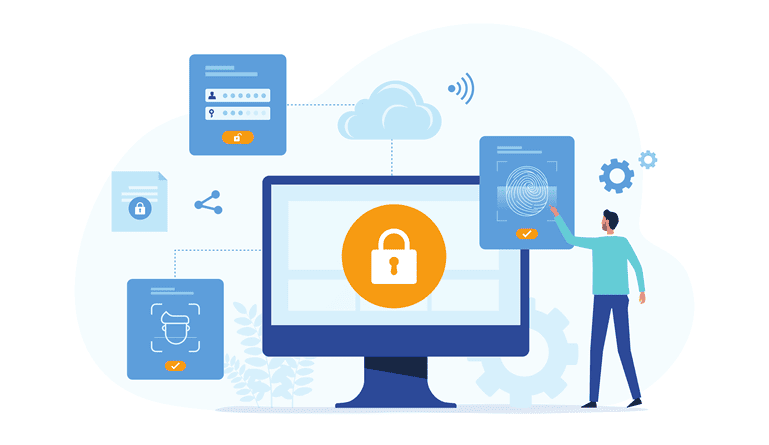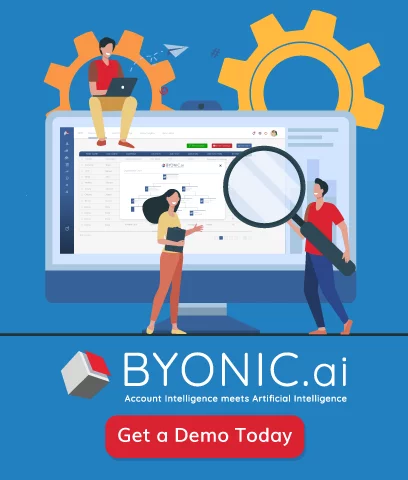Find out more about predictive analytics – including how to find the tools that are right for your business.
Predictive modeling can help you predict future trends for your business – here’s how to know which technique is best for you.
In the age of AI and continually advanced technologies, more and more businesses are using artificial intelligence technologies to help them with everything from customer service to data management to marketing. A growingly common way for businesses to use AI technology is to gather, sort, and analyze data. Predictive modeling is a pretty advanced technology that uses data mining techniques to – as the name suggests – predict results. It’s a pretty simple concept – data is collected and then the data analytics tools and techniques work to sort through the data and make predictions.
As simple as it sounds – data in, predictions out- it’s a very sophisticated process, made up of complex predictive algorithms. Making sure that your business is educated on how predictive modeling can benefit your business, as well as making sure the right tools are in place to use it effectively, are important steps to take when considering AI technology and big data analysis techniques for your organization. Here are some tips for how to start using predictive data effectively for your business.
Know the Benefits and Your Goals
There are plenty of industries that have been using predictive modeling techniques in some capacity, including auto insurance companies for underwriting purposes, banks and financial service groups using data to understand if clients are a potential mortgage risk, and hospitals using medical data and history to predict health risks.
There are plenty of additional benefits of businesses using predictive modeling, including:
Confidence: When you can make accurate predictions, you can make better decisions for your business, whether it’s planning budgets or staffing.
Competition: The more insight you have into your data, the better you can position yourself in the market against your competitors.
Cost: With better data, analytics, and predictions on consumer behaviors, marketing departments can understand what’s working and what’s not, helping to optimize their campaigns and save marketing dollars.
Because of these benefits, businesses continue to adopt the technology to help them predict sales, business trends, marketing success, and more.
Like finding the best solution for most parts of your business, it’s important to outline your data and analytics goals. It’s one thing to know you have data or that you’d like to be able to predict sales or client behavior, but refining your goals is important. Finding the right analytics tools for your business will depend on your goals, your budgets, and your timelines.
Hire Help
There are plenty of predictive analytics tools on the market, with various algorithms driving the technology. If your business is new to AI or using predictive analytics models, it can be easy to get overwhelmed with all the options. If you’re a small business or a busy organization, it can be difficult to allocate the resources and personnel to discover solutions that work for your business while still taking care of regular, daily IT responsibilities and working towards long-term goals.
When making decisions like this, it might make sense to hire a consultant or a data engineer to help you find the best solutions for your predictive data analytics needs. Consultants can help educate IT teams and work with leadership teams on how to choose the best analytics applications.
The most successful businesses are the ones that embrace change, like technology, and can figure out how it best works for their business. Businesses can also find success when they’re able to use the data that’s available to their organization to help them gain a better understanding of anything from their customers, clients, the industry, their competitors, and more. Is your business using any kind of predictive modeling techniques to make business decisions?





